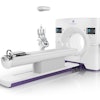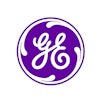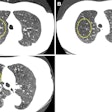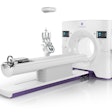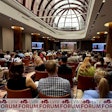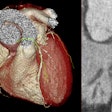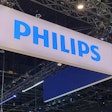Dear Cardiac Imaging Insider,
Not everyone who needs higher temporal resolution for cardiac CT has a premium scanner sitting around, and even if they do, they might need some help with obese patients who require a different approach.
Enter the temporal resolution improvement method (TRIM), a proprietary algorithm that aims to optimize the temporal resolution of coronary CT angiography data acquired with slower gantry rotation speeds. A recent pilot study from both sides of the pond showed improved image quality and fewer motion artifacts with use of the algorithm. Don't miss the details here.
And speaking of sharper images, microbubble ultrasound contrast images of the heart are often plagued by artifacts that result from nonlinear wave propagation. But a new technique based on counterpropagating waves can correct the problem, according to Dutch researchers who have been experimenting with transmission of low-frequency waves immediately followed by high-frequency waves. Look for improvement in evaluating atherosclerotic plaques, tissue blood perfusion, and more in an article you'll find here.
In cardiac MR (CMR), look for competition to heat up between cardiologists and radiologists in the German state of Baden Württemberg, where a new certificate is now available just for cardiologists who want to read CMR. Cardiologists can get the certificate by reading just a fraction of the MR studies required for other specialists to receive CMR certification -- leading to charges by some radiologists that cardiology pushed through the rule change almost unnoticed in order to benefit their own. Don't miss the rest of the details here.
We invite you to scroll through the links below to get more news from the exciting world of European cardiac imaging, right here in your Cardiac Imaging Digital Community.


